The Kent Downs AONB: One of Mother Nature's works of art, from the famous White Cliffs to the wildlife of the Garden of England
Victoria Marston takes a look at the magnificently beautiful Kent Downs AONB.
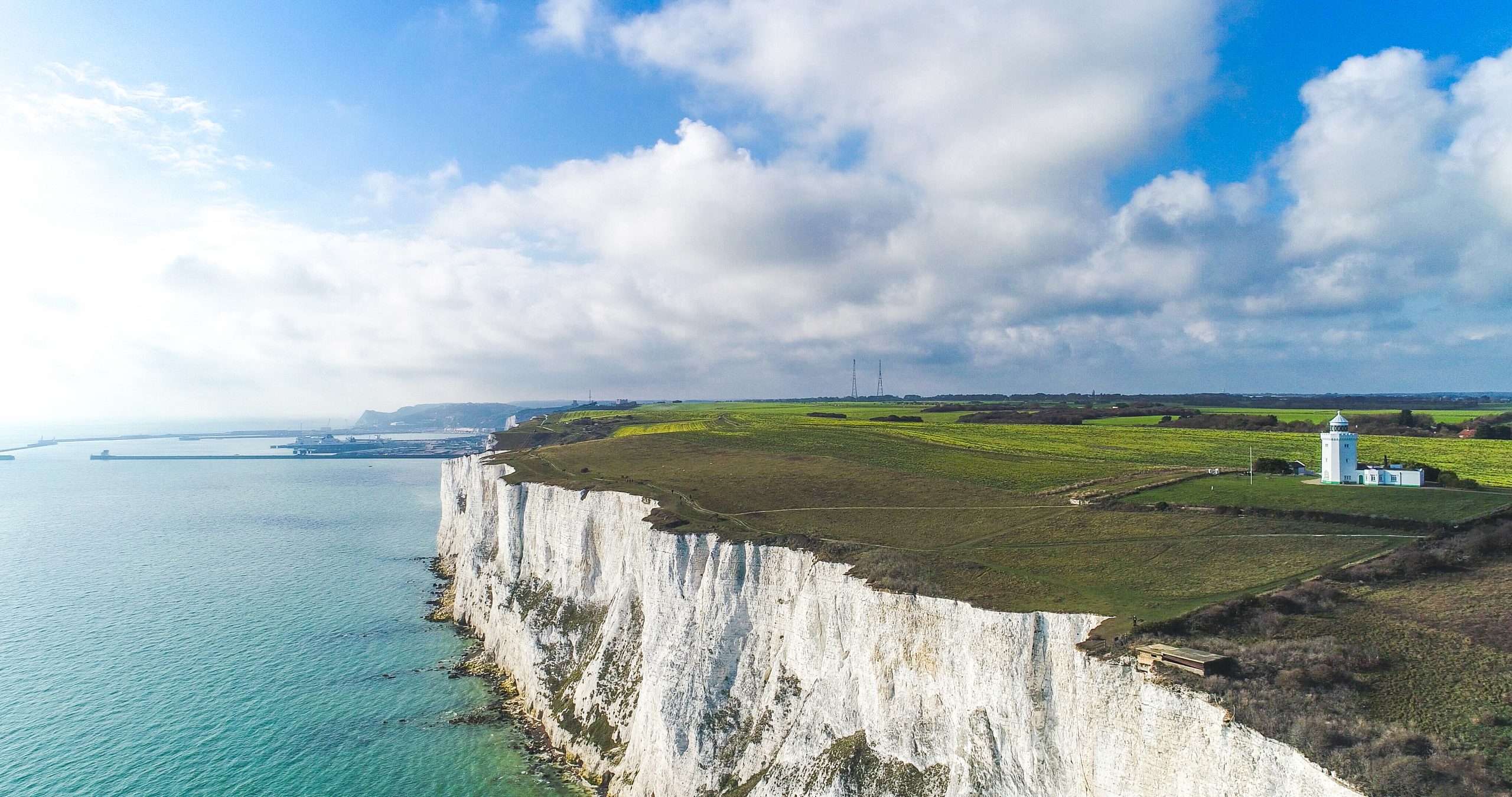

There’ll be bluebirds over The white cliffs of Dover, Tomorrow, just you wait and see. There’ll be love and laughter And peace ever after. Tomorrow, when the world is free.
There might not always be bluebirds overhead, but the towering chalk face of the White Cliffs of Dover remains a symbol of hope and freedom for those crossing the waters of the English Channel. ‘The cliffs of England stand, glimmering and vast,’ said the poet Matthew Arnold, eulogising the breathtaking slopes that are only one feature of the Kent Downs AONB.
Designated in July 1968, the Kent Downs AONB covers some 340 square miles, stretching from the Surrey Hills to the coast. It also contains 38 Sites of Special Scientific Interest (SSSIs), including three nature reserves, the North Downs beech-yew woodlands and a stretch of the chalk cliffs.

The underlying geology of the area, much of which is chalk, defines the views and wildlife to be discovered there, perhaps when following the ancient pilgrimage routes of the North Downs Way. Dramatic scarps, valleys and cliffs create a diverse patchwork with chalk grassland, ancient woodland, orchards, hop gardens, cobnut plats, chalk rivers, pasture, ponds and heathland.
Sheep and horses graze the open land, some 64% of which is farmed and, of the woodlands, almost 70% is ancient, having been there since at least 1600AD. The ground is painted with bluebells, wood anemones, yellow archangel and ramsons, growing to the soundtrack of warblers, nightingales and nightjars around a framework of coppiced sweet chestnut.
This most enchanting of landscapes supports rarities either largely or wholly confined to its boundaries — lady, monkey and late spider-orchids, black-veined and straw belle moths, as well as diminishing arable wildflowers.
Threatened species, including the dormouse, edible or Roman snail and adder, also make their homes here in the heart of the Garden of England — one of Mother Nature’s works of art.
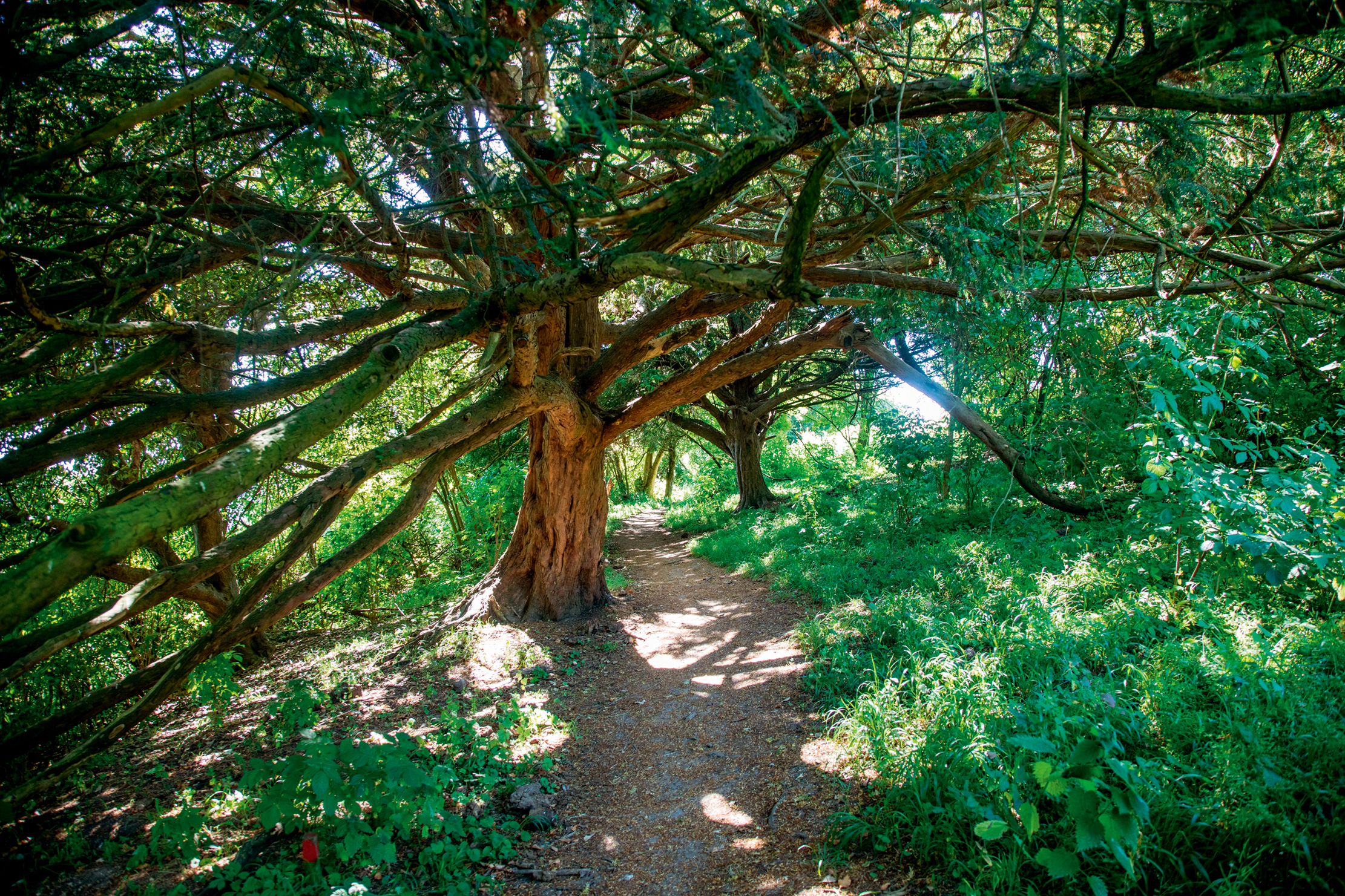
How the Surrey Hills has inspired generations of writers, artists and visionaries
With its magnificent views, lovely churches and grand country houses, this Area of Outstanding Natural Beauty has proven an inspiration
Sign up for the Country Life Newsletter
Exquisite houses, the beauty of Nature, and how to get the most from your life, straight to your inbox.
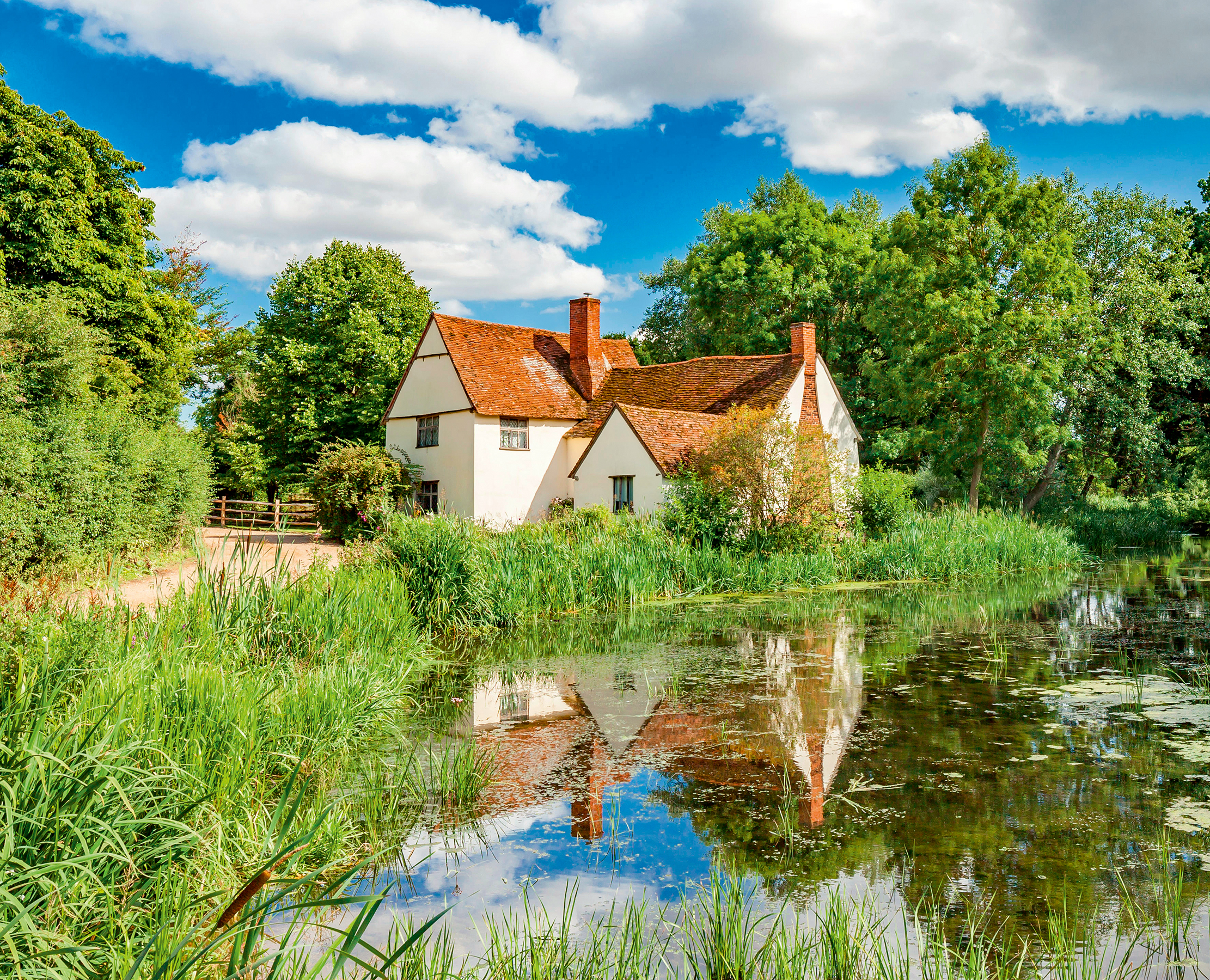
In Focus: The village and cottage featured in Constable's The Hay Wain, the the ultimate image of English country life
Kate Green takes a look at the village of Flatford, in the Dedham Vale AONB, and in particular the cottage

The Wye Valley AONB: 'If you have never navigated the Wye, you have seen nothing'
The Wye Valley is considered the 'birthplace of British tourism' — and it's not hard to see why, says Kate Green.
-
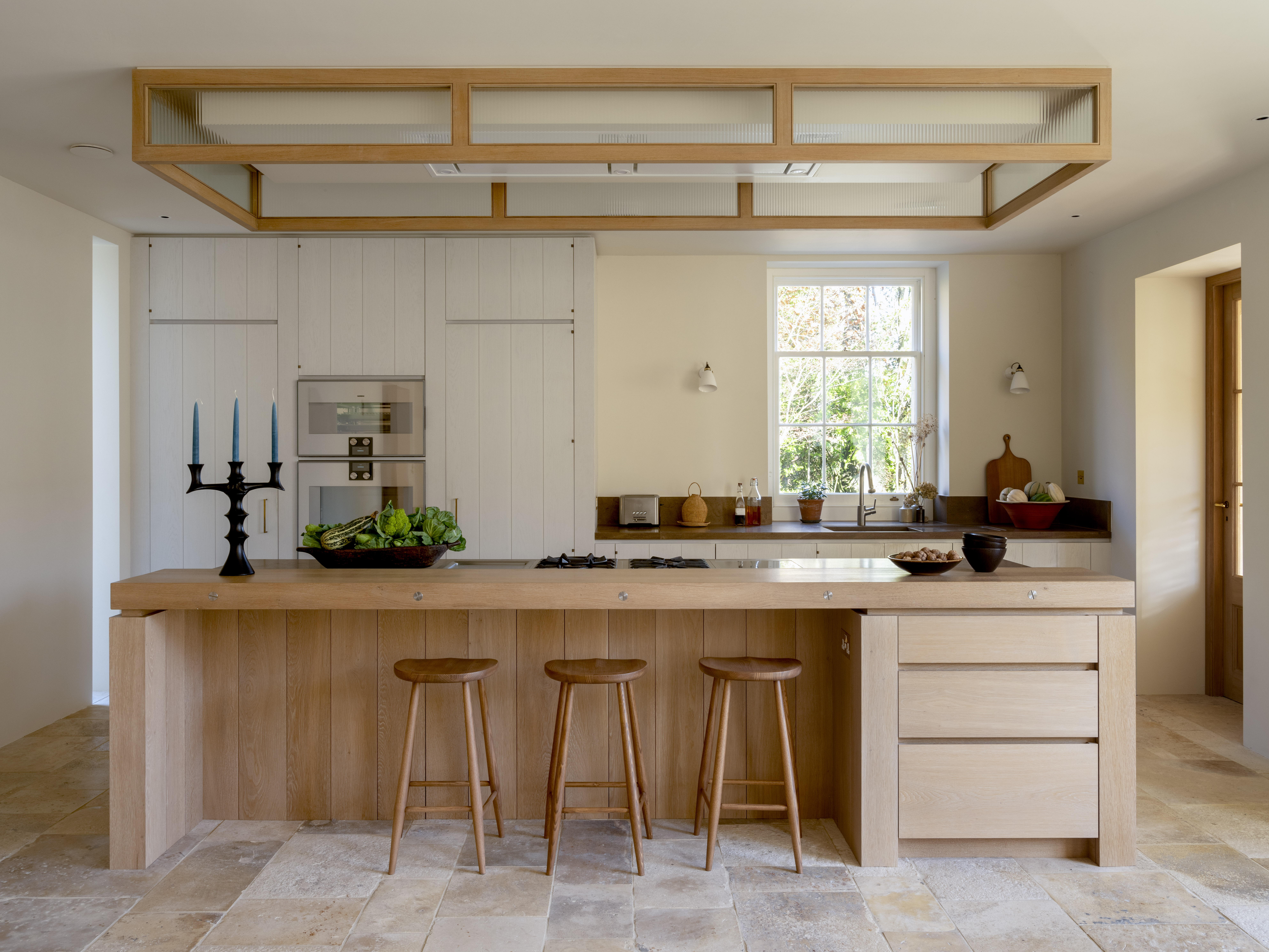 Designer's Room: A solid oak French kitchen that's been cleverly engineered to last
Designer's Room: A solid oak French kitchen that's been cleverly engineered to lastKitchen and joinery specialist Artichoke had several clever tricks to deal with the fact that natural wood expands and contracts.
By Amelia Thorpe
-
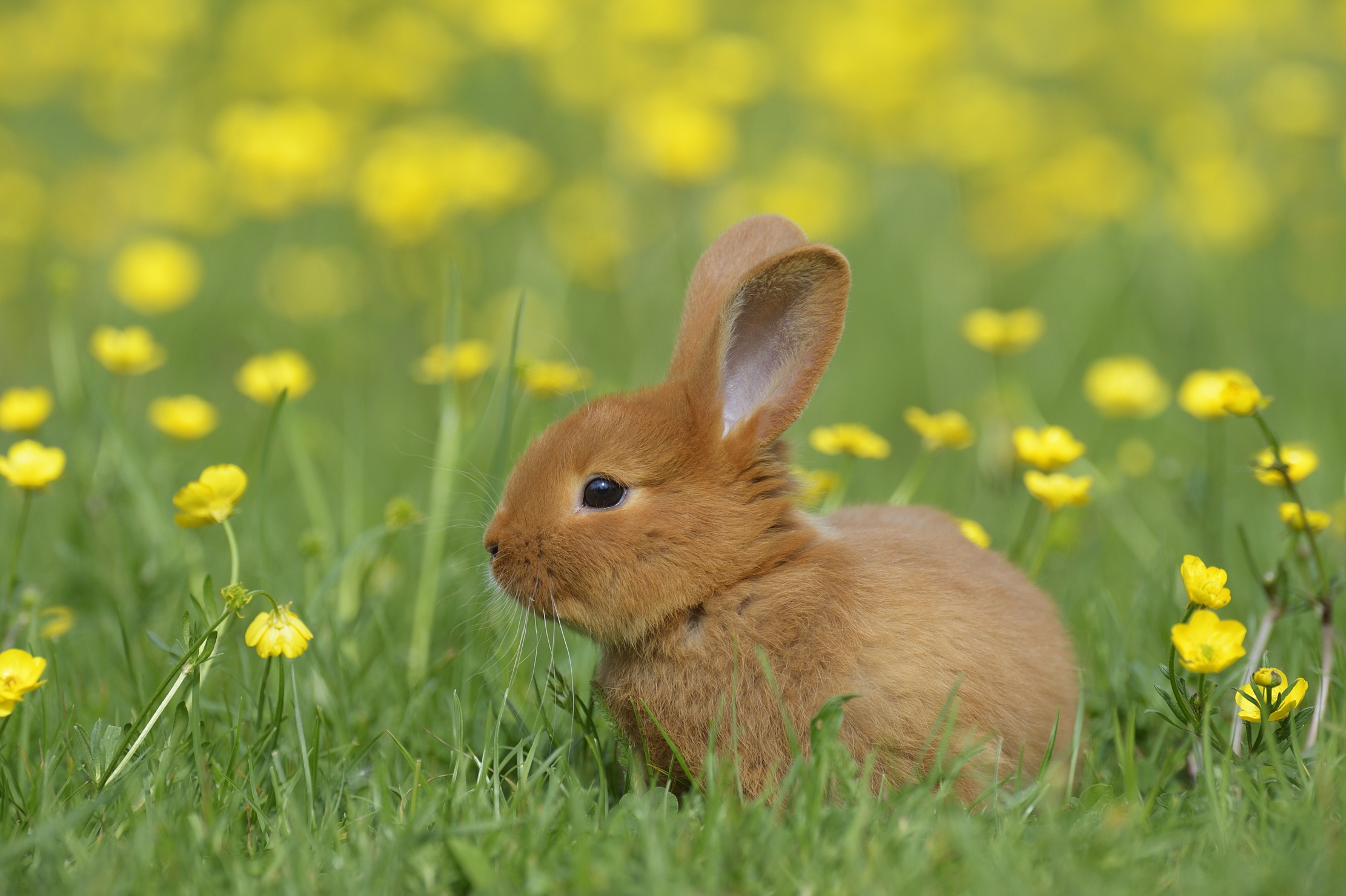 Chocolate eggs, bunnies and the Resurrection: Country Life Quiz of the Day, April 18, 2025
Chocolate eggs, bunnies and the Resurrection: Country Life Quiz of the Day, April 18, 2025Friday's quiz is an Easter special.
By James Fisher